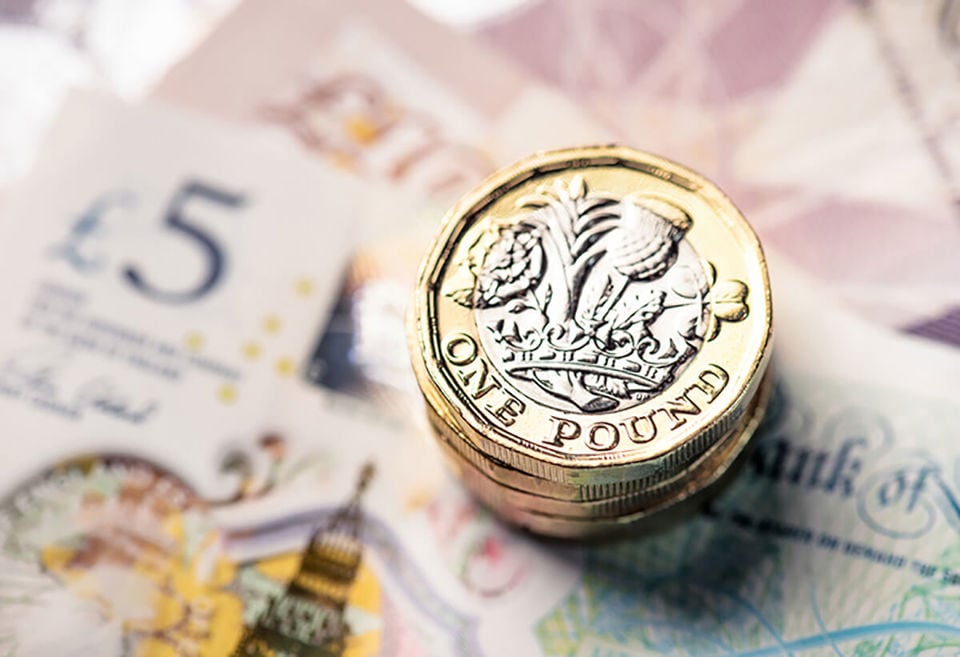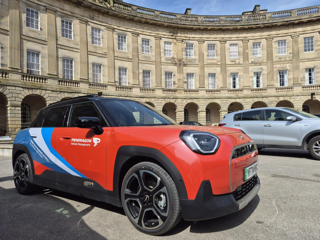The Bank of England (BoE) has confirmed that interest rates will be cut to 5%, the first rate cut since 2020.
The base rate is closely followed as it heavily influences the rates set by High Street banks and money lenders.
The Bank had held rates at a 16-year high of 5.25% since August 2023, as it attempted to tackle rising prices across the UK.
The last time rates were dropped was in the early days of the coronavirus pandemic, they were slashed to a record low of 0.1% in an attempt to boost the economy.
Philip Nothard, insight director at Cox Automotive, said: “The Bank of England's decision to reduce the base rate by 0.25% to 5.0% marks a positive turn for the automotive industry.
“This reduction will lower the cost of vehicle purchases and ownership for consumers, making cars more affordable and accessible.
“Businesses will benefit from reduced financing costs, encouraging investment and growth within the sector.
“Additionally, decreasing the overall cost of living will boost consumer confidence and spending power, further stimulating demand for new and used vehicles.
“This move by the BoE is a welcome relief for the industry, promising a brighter outlook for the coming months.”
Sue Robinson, chief executive of the National Franchised Dealers Association (NFDA), representing car and commercial retailers across the UK, added: “Inflation also appears to be stabilising, at 2% in May and June, a key target for the Bank of England.
“Whilst the rate cut brings cautious optimism for the coming months, the automotive sector has demonstrated remarkable resilience, weathering a period of high inflationary pressures.”
The BOE's rate setting committee voted by a majority of five to four to reduce the rate.
Julian Jessop, economics fellow at the free market think tank, the Institute of Economic Affairs, says that, while the decision was finely balanced, it was correct.
He added: “The aim should now be to return rates to a neutral level of around 4% by early next year.
“The Bank’s own economic forecasts point the way. Inflation is expected to pick up temporarily in the second half of this year, but then fall back to 1.7% in two years and to 1.5% in three years, even based on market expectations of further rate cuts.
“The economy has been a little stronger than expected, but this is partly based on hopes that falling inflation will be followed by falling rates. The Bank needed to deliver in order to sustain the recovery.
“Even at 5%, interest rates are still high and will therefore continue to bear down on inflation, especially as the Bank is persisting with ‘quantitative tightening’ as well.
“There are still some reasonable concerns about services inflation. But with overall inflation still forecast to fall below the MPC’s 2% target over the medium term, leaving rates on hold would have been more damaging for credibility than a small cut.”

























Login to comment
Comments
No comments have been made yet.